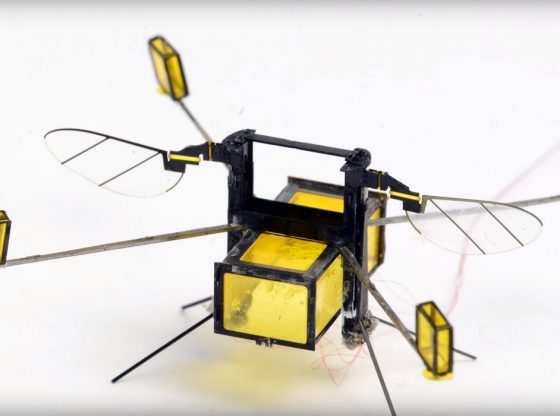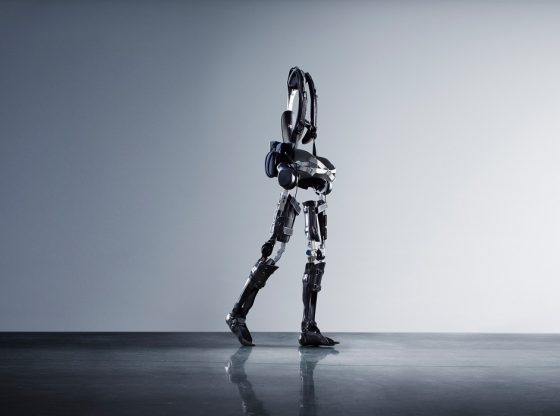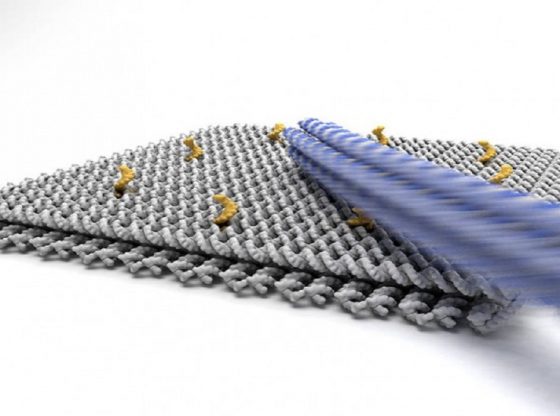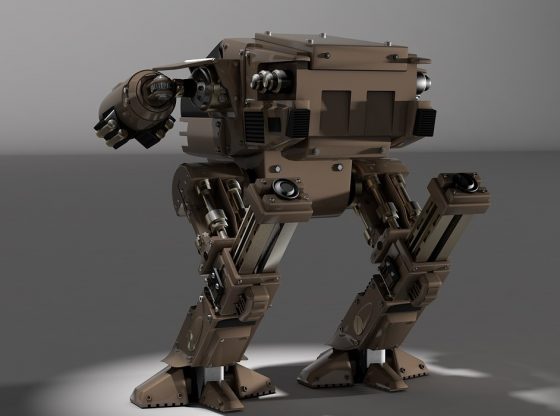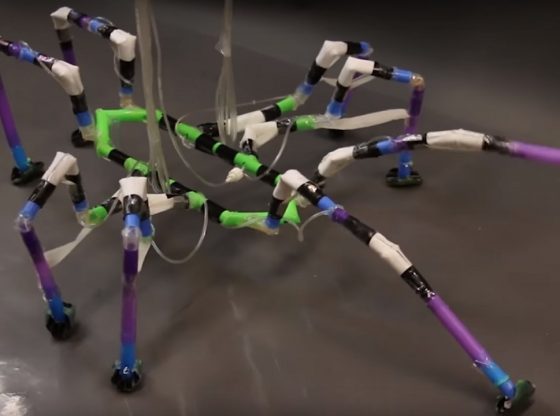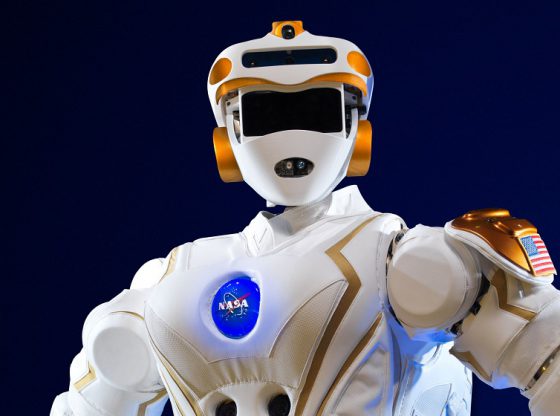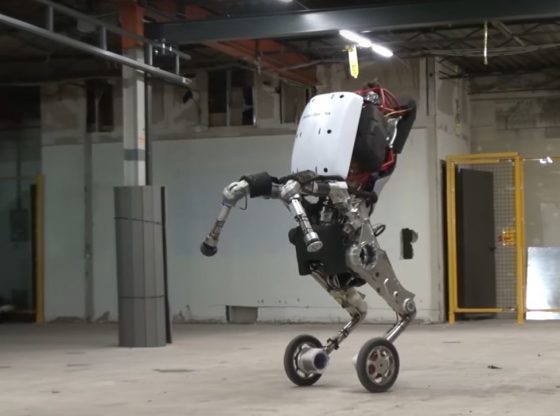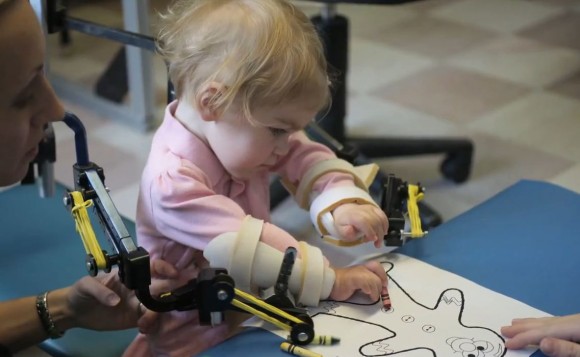
The WREX exoskeleton was conceived, developed, and patented by the Pediatric Engineering Research Laboratory (PERL).
PERL resides at the Center for Orthopedics Research and Development (CORD) and the exoskeleton was specially developed for the Nemours/Alfred I. DuPont Hospital for Children in Wilmington in Delaware.
PERL and CORD work closely with Nemours Department of Orthopedics to develop devices and methods that directly impact children with musculoskeletal and orthopedic disabilities. Providing children with muscle weakness much-improved movement and ability to lift objects.
The DuPont Hospital for Children in Wilmington has specialized in helping children suffering from especially musculoskeletal disabilities. Disabilities that can affect the muscles and joints, making it impossible or very difficult to use arms and legs without help.
Two-year-old Emma is one such child with a condition called arthrogryposis making it impossible to move her arms. With the exoskeleton WREX being too heavy for Emma, her movement was restricted and this greatly affected her development.
The solution by the doctors and the team of researchers was to modify the WREX system to be light enough for Emma to use and this was a possibility using a so-called 3d printer, the Dimension SST 1200es 3D printer by Stratasys 3D.
Stratasys 3D production system managed to 3d print the wearable plastic jacket to offer the same aid that the WREX allows, but in a form, a two-year-old child would be able to wear.
The jacket was a perfect fit and the video below shows how she is using a second slightly larger version. With her continually growing, it is relatively easy to print new versions for her to use in the future.
______________
Wilmington Robotic EXoskeleton (WREX)
____________________________

